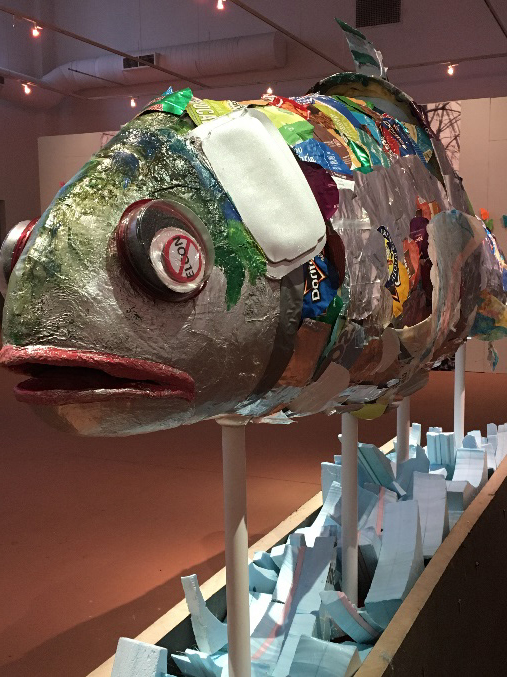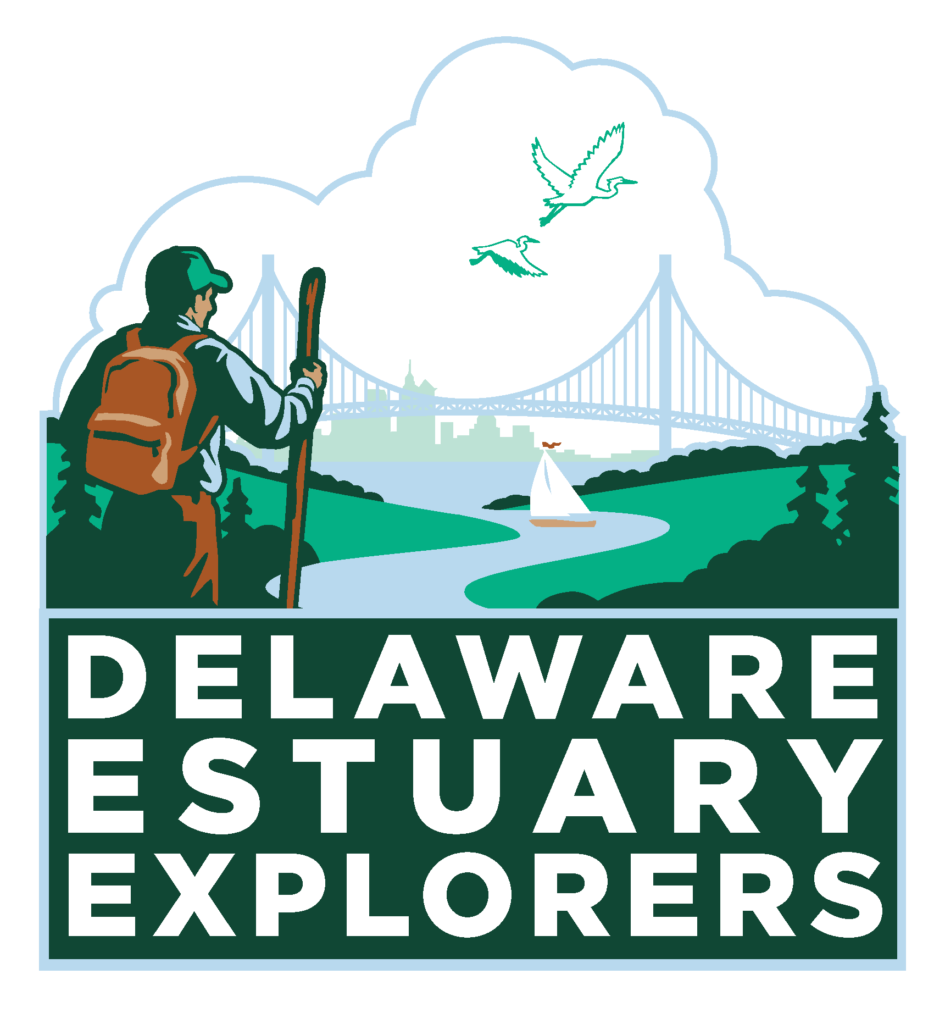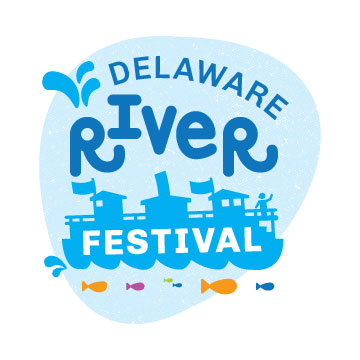Read the 2022 TREB
 PDE Releases 2022 Technical Report for the Delaware Estuary and Basin
PDE Releases 2022 Technical Report for the Delaware Estuary and Basin
Estuary and Basin maintains a “fair” health grade from 2017
The Partnership for the Delaware Estuary (PDE) recently unveiled its 2022 Technical Report for the Delaware Estuary and Basin (TREB). The report, which has been published every five years since 2012, is the culmination of two years of collaboration among environmental scientists in Delaware, New Jersey, and Pennsylvania. PDE staff, members of the Delaware River Basin Commission, and others, presented a snapshot of the TREB at the bi-annual Delaware Estuary Science & Environmental Summit, held in Atlantic City.
Overall, there’s both good and bad news. The TREB concludes that the Delaware Estuary and Basin maintains its “fair” health rating. Sturgeon numbers are on the rise and nutrient loads have improved since the 1960s, but numbers of striped bass continue to decline and sea level rise is showing no sign of slowing down.
“The TREB helps us think about the health of the ecosystem as a whole rather than specific facets, and it shows that while we have made great progress we have more work to do to address legacy issues, emerging threats, and adapt to climate change,” said Danielle Kreeger, PDE’s Senior Science Director.
The TREB provides an overview of the status and trends of more than 50 environmental indicators, including a diverse suite of water, habitat, and living resources. It’s also a technical snapshot of the primary indicators of the Delaware River Watershed’s general health.
Some parameters, such as dissolved oxygen concentration and sturgeon abundance, are improving thanks to proactive management. For example, more than 90 percent of tested areas met dissolved oxygen criteria. On the other hand, some indicators such as impervious cover, winter streamflow, sea level rise, and striped bass abundance are of increasing concern. For example, increasing impervious surface in the Delaware Estuary and Basin increases storm water runoff, flooding and can impair water quality.
“We are very grateful for all of the partners who contributed to the 2022 TREB including the members of the Delaware Estuary Program’s Science and Technical Advisory Committee,” said Kathy Klein, Executive Director of the Partnership for the Delaware Estuary. “The 440-page report is an important tool that helps to assess the overall environmental condition of the watershed. The indicators help raise awareness about important environmental issues, serve as tools for evaluating the effectiveness of management actions, and can function as early warning signals for detecting adverse changes in environmental quality.”
The Delaware Estuary Watershed and Basin contains a network of rivers, streams, and communities across 42 counties in four states, covering 13,539 square miles. These places are home to more than 13 million people who draw 6 billion gallons of water daily, not to mention thousands of birds, fish, and plants.
Namsoo Suk, Ph.D., DRBC’s Director of Science and Water Quality Management noted, “Our mission of managing, protecting and improving the water resources of the Delaware River Basin presents a natural partnership opportunity with the Delaware Estuary Program. Evaluation results for more than 50 environmental indicators in the 2022 TREB report better equip our agency to protect aquatic resources, human health, and communities. DRBC values PDE’s cooperative approach to connect technical expertise from our agency and other partners and make the TREB report a true partnership product.”
Later this year, PDE will release a State of the Estuary report. This non-technical summary uses TREB information to provide the public with insight into the status and trends of select natural resources in the Delaware Estuary.
The 2022 Technical Report for the Delaware Estuary & Basin Report can be found on PDE’s website at https://delawareestuary.org/data-and-reports/state-of-the-estuary-report-2/
Additional questions can be directed to the Estuary Science Manager LeeAnn Haaf, Ph.D., at lhaaf@delawareestuary.org.
Calling All Artists!
Turn trash into treasure
Are you a Delaware artist? How would you like to make something from recycled materials?
We’re soliciting proposals from local artists to create art from trash or recycled materials. The goal of this project is to teach people about trash in their waterways and help promote the Christina River Watershed Cleanup. The artwork should be movable so that it can be displayed around the City of Wilmington for different purposes/events.
For more information, check out the web page.
Explore the First State with the Delaware Estuary Explorers Program
Congratulations, Halo! The new 2022 Clean Water Spokesdog.
Congratulations, Halo!
H alo, a pit bull terrier mix, won this year’s Clean Water Spokesdog competition by getting the most likes on social media throughout the contest, which ran through the month of May. For the next year, she’ll be Water Woman’s sidekick and canine representative for clean water!
alo, a pit bull terrier mix, won this year’s Clean Water Spokesdog competition by getting the most likes on social media throughout the contest, which ran through the month of May. For the next year, she’ll be Water Woman’s sidekick and canine representative for clean water!
As Spokesdog, Halo will teach Philadelphians about the impact dog waste can have on local waterways, and that responsible pet owners always pick up after their dogs. Many people don’t realize that dog waste is a pollutant, with each deposit containing roughly 3 billion bacteria. Unlike cow or horse waste, dog poop cannot be used as fertilizer and should never be left to decompose naturally. Especially in developed urban areas like Philadelphia, dog waste can wash into nearby storm drains during rain events. These drains lead directly to local waterways, such as the Delaware and Schuylkill Rivers, Philadelphia’s very own drinking water sources. The new Spokesdog will have a tall order ahead of them to keep our waterways clean, but this year’s contestants are up to the task!
For more information, please visit phillyh2o.info/pet-waste or delawareestuary.org/manage-dog-waste.
Read our New Strategic Plan
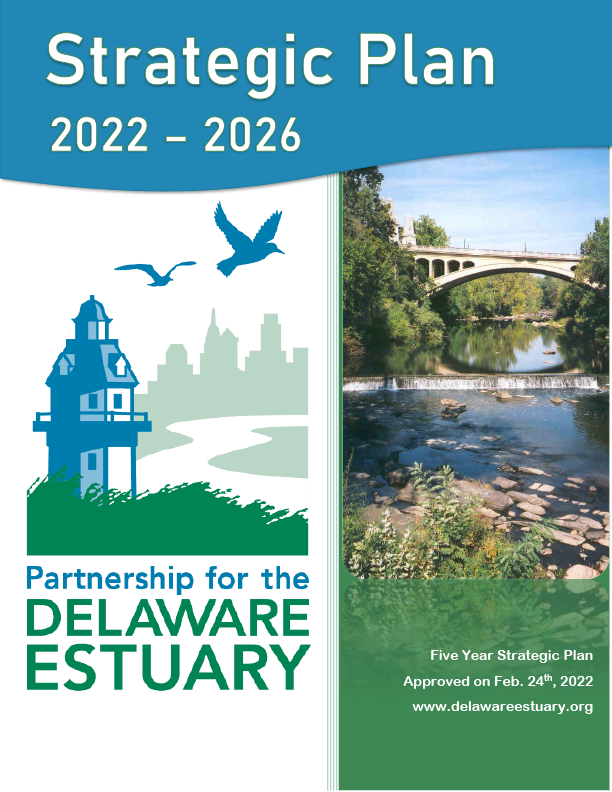 What does PDE have planned for clean waters, healthy habitats, and strong communities? What are its goals from now through 2026? Our 21-page strategic plan is now available for view.
What does PDE have planned for clean waters, healthy habitats, and strong communities? What are its goals from now through 2026? Our 21-page strategic plan is now available for view.
We Had a Great Time at the Delaware River Festival
Take a Fun Quiz
See Our Story Map
What are living shorelines? What role do they play in environmental science? Partnership for the Dela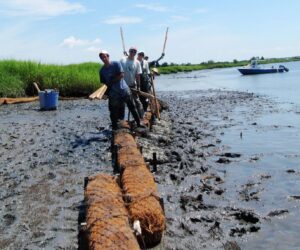 ware Estuary has a spectacular new story map that tells you all about the Delaware Estuary Living Shorelines Initiative (DELSI). Click HERE to see.
ware Estuary has a spectacular new story map that tells you all about the Delaware Estuary Living Shorelines Initiative (DELSI). Click HERE to see.
Celebrating the Lewes Canal Living Shoreline
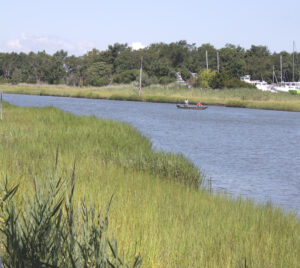 Partnership for the Delaware Estuary, along with the Delaware Department of Natural Resources and Environmental Control, Delaware Wetlands, The city of Lewes Beach, and the Lewes Historical Society recently celebrated a 180-foot addition to a living shoreline at the Lewes Canal in Delaware.
Partnership for the Delaware Estuary, along with the Delaware Department of Natural Resources and Environmental Control, Delaware Wetlands, The city of Lewes Beach, and the Lewes Historical Society recently celebrated a 180-foot addition to a living shoreline at the Lewes Canal in Delaware.
Read more here.
Spokesdog 2021
Congratulations, Lucy!
The Philadelphia Water Department has a new spokesdog. It’s Lucy, who won the online spokesdog competition with the most “likes” on social media. She will be PWD’s spokesdog for dog waste education for 2021.
Philadelphia Water Department has a new spokesdog. It’s Lucy, who won the online spokesdog competition with the most “likes” on social media. She will be PWD’s spokesdog for dog waste education for 2021.
Check out our new WATCH Tool
 Have a wetland issue? Check your WATCH
Have a wetland issue? Check your WATCH
The Wetland Assessment Tool for Condition and Health (WATCH) is a tool to provide guidance to restoration practitioners in evaluating multiple aspects of current and future tidal salt marsh conditions. The ultimate goal of WATCH is to provide a method to evaluate the weight of evidence regarding ecological deficiency at a site to inform thoughtful decision-making in the context of different management goals and the appropriate selection of restoration tactics.
Click HERE to view the WATCH page on this website.
